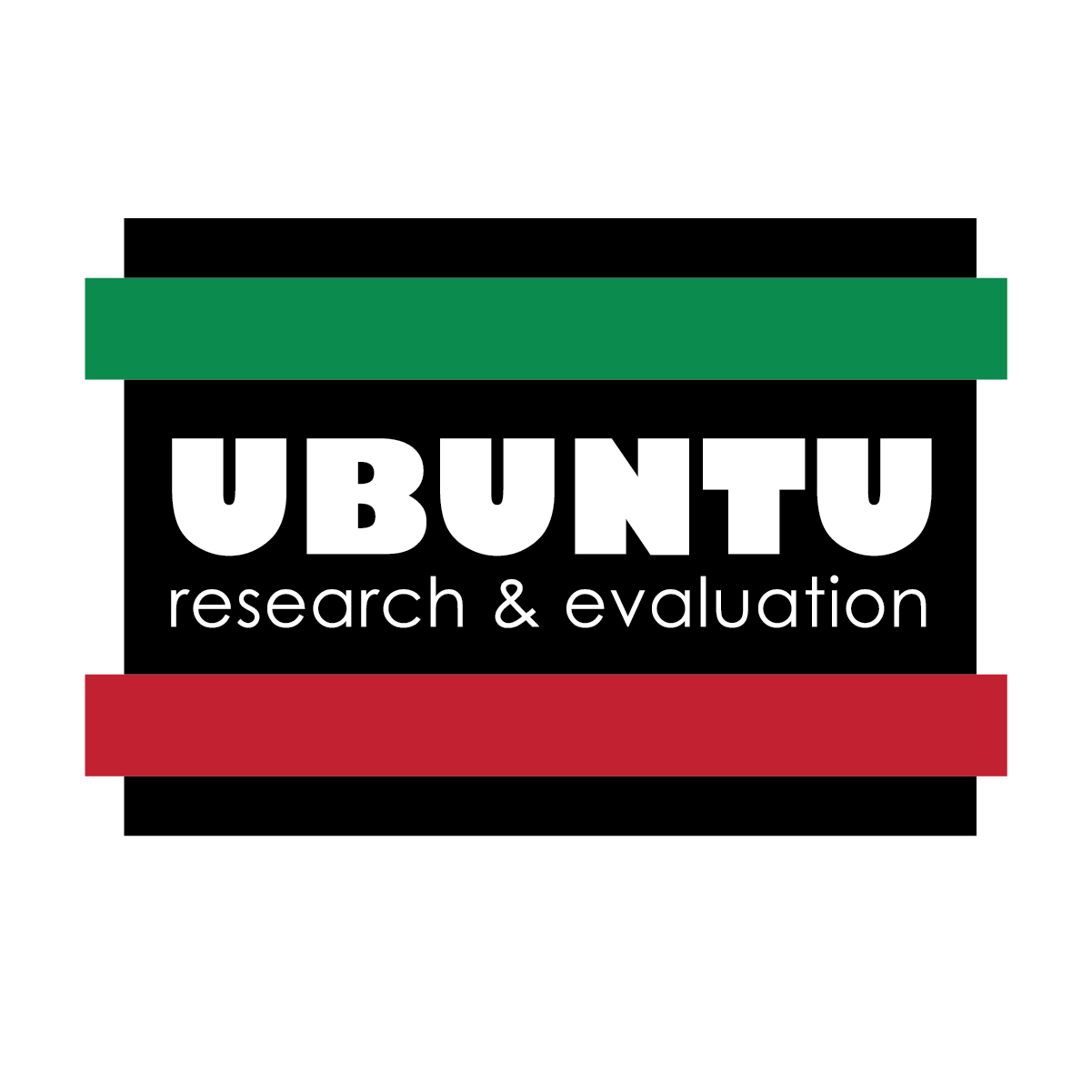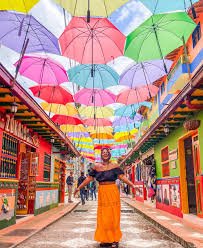The Dark Side of the “No-Passport Needed” Tropical Getaways Part 1 - Colonization, Militarization, Environmental Racism, and Puerto Rico's Invisible Health Crisis
You know those Instagram travel photos that make you want to drop everything and book a flight, hotel, Airbnb, and everything else that’s needed? The posts with the white sandy beaches, crystal clear teal waters, and swaying palm trees? They're usually showcasing places like Guam, Puerto Rico, the U.S. Virgin Islands, and Hawaii as amazing "no passport needed" destinations to add to your bucket list. The comments under these posts are loaded with heart-eye emojis, people tagging their friends, and"Take me here ASAP!" “Adds to my travel list” kind of enthusiasm. At first glance, it just seems like an inspiring travel fantasy post. The kind of thing you'd double-tap and make a mental note to look more into it. But here's the thing - those island paradises have much darker backstories that those photos conveniently omit. Maybe not leave out because a picture is worth a thousand words, but these stories aren’t at the surface. It’s not until you pursue the dark history of these getaway destinations that you uncover the truth, and it hits you like a pile of bricks. That’s when you realize your idea of paradise may be lost.
Last year in May, I had the opportunity and privilege to visit the small island of Vieques, also known as 'La Isla Nena' (The Little Girl Island), off the coast of Puerto Rico. While the island was indeed breathtakingly beautiful and I truly felt like I was in paradise, chatting with local residents revealed deeply disturbing histories of displacement, childhood PTSD from bombings, spiking cancer rates, and communities torn apart - all caused by decades of relentless military exercises and toxic weapons testing by the U.S. Navy.
A Brief History of How Vieques Became The U.S Military’s Ground Zero
Let's rewind a bit to understand how this all went down. This small Caribbean island, located just off the east coast of mainland Puerto Rico, was originally home to indigenous Taíno people before being colonized by the Spanish in the 1500s. For centuries, it remained a sparsely populated agricultural outpost under Spanish rule. Everything changed when the United States took control of Puerto Rico and Vieques in 1898 after the Spanish-American War. In the early 1900s, the U.S. military started using parts of Vieques for training and bombing practice. But in 1941, they turned it up to a terrifying new level by straight-up seizing two-thirds of the tiny 21-mile-long island to build a full naval ammunition facility and bombing ranges. That's right - the majority of this beautiful Caribbean island literally became an active war zone for over 60 years at the hands of the U.S. Navy. There was no regard for the impact on the local population or environment.
Chemical Warfare
Basically, it was like the U.S. military decided this island full of Puerto Rican civilians was just an expendable piece of real estate to use as a giant bullseye for testing out some of the most hazardous weapons known to man. The chemicals used and their impacts are outlined.
Depleted Uranium: A dense, radioactive metal used in ammunition and armor-piercing projectiles. Depleted uranium exposure can lead to kidney disease, lung cancer, and birth defects.
Napalm: A mixture of gelling agent and petroleum used in explosives and flamethrowers. It can cause horrific burns and releases toxic polycyclic aromatic hydrocarbons.
Agent Orange: A powerful herbicide and defoliant made famous during the Vietnam War. Exposure is linked to numerous health issues including cancer, birth defects, rashes, and nerve/muscle damage.
The result? The effects of this toxic soup of heavy metals, radiation exposure, dioxins, and other carcinogens began showing up in Vieques' civilian population. Residents started experiencing extraordinarily high rates of cancer, liver disease, birth defects, and other conditions clearly linked to prolonged exposure to these hazardous materials from decades of bombing exercises.
Moving Towards Liberation
The people of Vieques did not simply accept their fate as sacrificial lambs to the U.S. military's bombardment. Movements of protests, civil disobedience, and intense legal battles swelled to demand an end to the toxic assault on their homeland. Viequense protesters took action to have their voices heard. They staged "bay-ups" by anchoring small boats and their bodies directly in the waters being used for target practice. In 1999, the horrible reality came to a head when a civilian security guard, David Sanes, was killed after a US bomber missed its mark during exercises. His needless death became a rallying cry that transformed the resistance in Vieques into an international human rights cause célèbre. Civil disobedience campaigns of mass trespassing led to over 1,500 arrests of protesters. The relentless global pressure and spotlighting of the injustices in Vieques eventually forced the U.S. government's hand. In 2003, after over 60 years of using the island for live munitions testing, the Navy ceased operations and withdrew its personnel completely.
The Ugly Truth Beneath the Picture-Perfect Viral Travel Posts
When human lives and ecological sanctity are being destroyed, direct action becomes not just justified, but necessary as a last resort. The tremendous sacrifices made in Vieques should serve as a stark reminder that our conventional views of "paradise" are often built on the exploitation and oppression of the very people who call these lands home. So the next time you see one of those beautiful, tantalizing "No Passport Needed - Add These Islands to Your Bucket List!" posts, I hope you'll pause and think more critically. Ask yourself why a passport isn't required to visit them as tourists. Dig into the indigenous sovereignty battles still being waged there. And most importantly, listen to the voices and stories of the locals who've had to endure modern-day military occupations and environmental racism in the name of appearing paradise-ready for visitors. Here are some important self-reflections to engage in when planning your next island getaway:
● Whose Lands Am I Visiting?
○ Make an effort to learn about the indigenous peoples who first inhabited and cared for these lands you're hoping to enjoy as a visitor.
● Am I Contributing to Exploitative Tourism Practices?
○ Research whether your travel dollars are primarily benefiting outside corporations versus locally-owned businesses.
● What Complicated Contexts Am I Overlooking?
○ Beautiful vacation brochures and influencer travel content often whitewash complex historical and present-day realities.
● How Can I Be a Respectful, Conscious Guest?
○ Educate yourself on local customs, etiquette, and environmental practices before arrival.
By no means am I a travel expert myself, but if you're looking for one, I highly recommend checking out Sojourner White (@Sojournies) - she's one of the directors at UBUNTU and has an absolute wealth of incredible content about ethical and intentional travel. Sojourner's content is a must-follow for any aspiring traveler.
T
Here are some other resources and reading material if you want to learn more about Viesque, PR
Articles:
‘I thought they’d kill us’: how the US Navy devastated a tiny Puerto Rican island - An in-depth look at the history of military operations, environmental impacts, and the civilian resistance movement in Vieques.
Vieques on the Verge - Comprehensive account of Vieques' legacy and modern struggles.
1999: Vieques Island Protests - Highlighting the protests and fight to remove the U.S. Navy.



